VIRAL INFECTION
A viral infection is an illness caused by a virus, which is a tiny organism that needs to enter your cells to reproduce. Viral infections can affect different parts of your body, such as your respiratory system, digestive system, skin, and brain. Some examples of viral infections are the common cold, the flu, COVID-19, norovirus, HPV, herpes, and HIV.
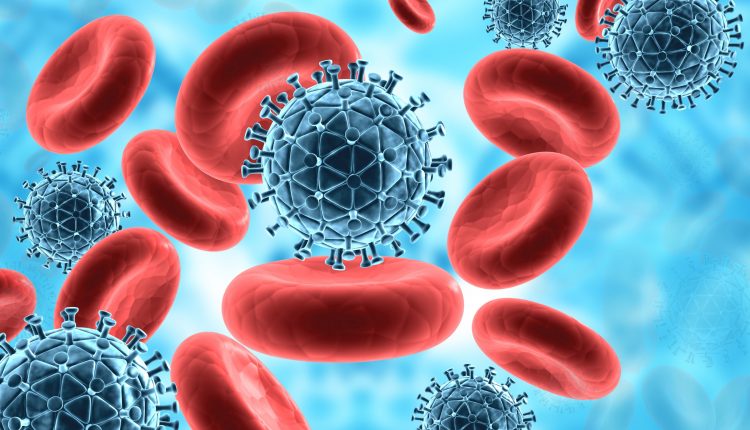
Transmission of Viral Infections
Viral infections are usually contagious, which means they can spread from person to person through various ways, such as:
- Close contact with someone who is infected, such as kissing, hugging, or shaking hands.
- Contact with the body fluids of someone who is infected, such as saliva, blood, semen, or breast milk.
- Contact with surfaces or objects that have been contaminated by the virus, such as doorknobs, keyboards, or utensils.
- Inhalation of droplets or aerosols that contain the virus, such as when someone coughs or sneezes.
- Transmission from mother to child during pregnancy, birth, or breastfeeding.
- Bites from insects or animals that carry the virus, such as mosquitoes, ticks, or bats.
Symptoms of viral infections
The symptoms of viral infections vary depending on the type and severity of the infection, but they may include:
- Fever, chills, and body aches.
- Cough, sore throat, and runny nose.
- Nausea, vomiting, and diarrhoea.
- Rash, blisters, or warts.
- Headache, confusion, and seizures.
- Fatigue, weakness, and loss of appetite.
- Swelling, pain, and inflammation of the affected organs.
The diagnosis of viral infections may involve:
- A physical examination and a medical history.
- A blood test, urine test, or swab test to detect the presence of the virus or its antibodies.
- An imaging test, such as an X-ray, ultrasound, or MRI, to check for any damage or complications caused by the virus.
- A genetic test, such as a PCR or a sequencing, to identify the specific type and strain of the virus.
The treatment of viral infections may include:
- Antiviral medications can help stop the virus from multiplying and reduce the severity and duration of the symptoms. However, not all viral infections have effective antiviral drugs available.
- Symptomatic treatments can help relieve the discomfort and pain caused by the symptoms. These may include painkillers, fever reducers, decongestants, antihistamines, anti-nausea drugs, and creams or ointments.
- Supportive care can help prevent or treat any complications or secondary infections that may arise from the viral infection. This may include fluids, electrolytes, oxygen, antibiotics, or hospitalization.
- Immunization can help prevent or reduce the risk of getting certain viral infections in the future. This may involve getting vaccinated or receiving immunoglobulin injections.
How to Treat Viral Infections with Herbs
There are many herbs that have antiviral properties, which means they can help fight or prevent viral infections by inhibiting the growth or replication of viruses. Some of these herbs are commonly used as herbs, spices, or supplements, while others are less well-known but have been studied for their potential benefits.
According to the web search results, some of the herbs that can treat viral infections are:
- Oregano: This herb contains carvacrol, a compound that can inactivate viruses like norovirus, herpes simplex virus, and respiratory syncytial virus within 15 minutes of exposure. You can use oregano oil or fresh or dried oregano leaves to season your dishes or make tea.
- Sage: This herb has safficinolide and sage one, which can inhibit viruses like HIV, herpes simplex virus, and Indiana vesiculovirus. You can use sage leaves to make tea or gargle or apply sage oil to your skin.
- Basil: This spice has apigenin and ursolic acid, which can fight viruses like herpes simplex virus, hepatitis B, and enterovirus. Holy basil also has immune-boosting effects. You can use basil leaves to make tea or add them to your salads or soups.
- Fennel: This plant has trans-anethole, the main component of its essential oil, which can combat viruses like herpes simplex virus and parainfluenza virus. You can use fennel seeds to make tea or chew them after meals, or use fennel oil to massage your chest or abdomen.
- Echinacea: This flower can boost your immune system and reduce the severity and duration of viral infections like the flu and the common cold. You can use echinacea capsules, tinctures, or teas to supplement your diet or apply echinacea cream or gel to your skin.
- Garlic: This bulb can fight viruses like the flu, the common cold, HIV, and pneumonia. You can eat raw or cooked garlic cloves, or take garlic supplements or oil.
- Elderberry: This berry can help you recover from the flu, as it can reduce fever and improve symptoms. You can use elderberry syrup, lozenges, or capsules, or make elderberry tea or juice.
These are some of the common or popular herbs that have antiviral properties. However, this is not a complete list and others may exist. You can check out the web search results for more information on these and other herbs that treat viral infections.
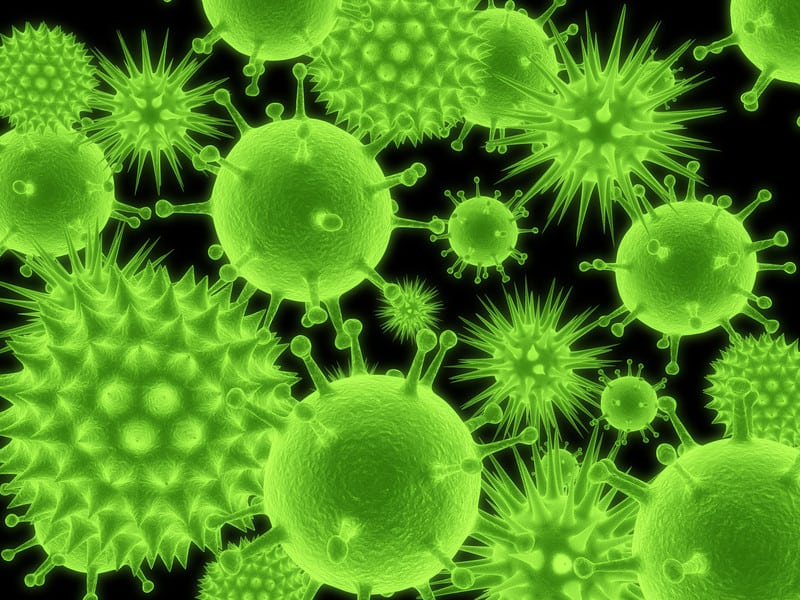
The prevention of viral infections may involve:
- Practising good hygiene, such as washing your hands frequently, covering your mouth and nose when you cough or sneeze, and avoiding touching your eyes, nose, or mouth.
- Avoid close contact with people who are sick or have symptoms of a viral infection, and stay home if you are sick or have symptoms.
- Cleaning and disinfecting frequently touched surfaces and objects, such as countertops, keyboards, and phones.
- Wearing a mask or a face covering when you are in public places or around people who are not from your household, especially if social distancing is not possible.
- Getting vaccinated against certain viral infections, such as the flu, COVID-19, HPV, and hepatitis.
- Using protection during sexual activities, such as condoms, dental dams, or PrEP.
- Avoiding exposure to insects or animals that may carry the virus, such as mosquitoes, ticks, or bats, and wearing appropriate clothing and repellents.
:max_bytes(150000):strip_icc():format(webp)/GettyImages-1024725404-d37914e2d92d4c58a703f9665c282857.jpg)
Bacterial or Viral Infection?
Bacteria work differently than viruses. They can live on their own, meaning they don’t require a host to survive.
Oftentimes viral infections can lead to bacterial infections if symptoms persist or worsen.
Both bacterial and viral infections can be treated with medication, though, overall, bacterial infections are more readily treatable. It’s important to follow up with a healthcare provider for testing to determine the cause of illness and treatment options.

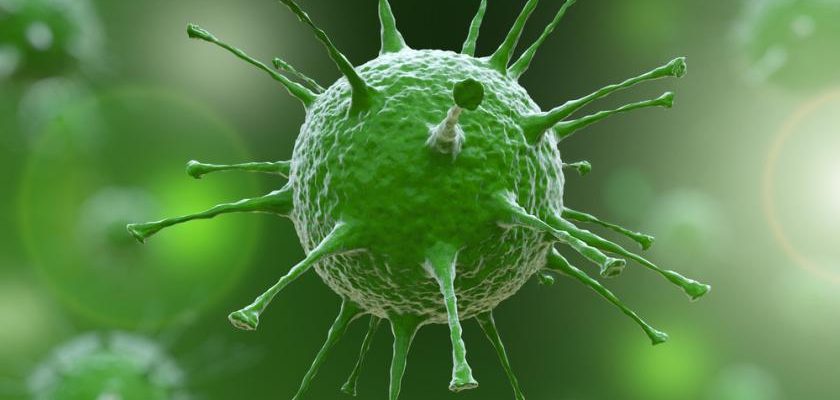
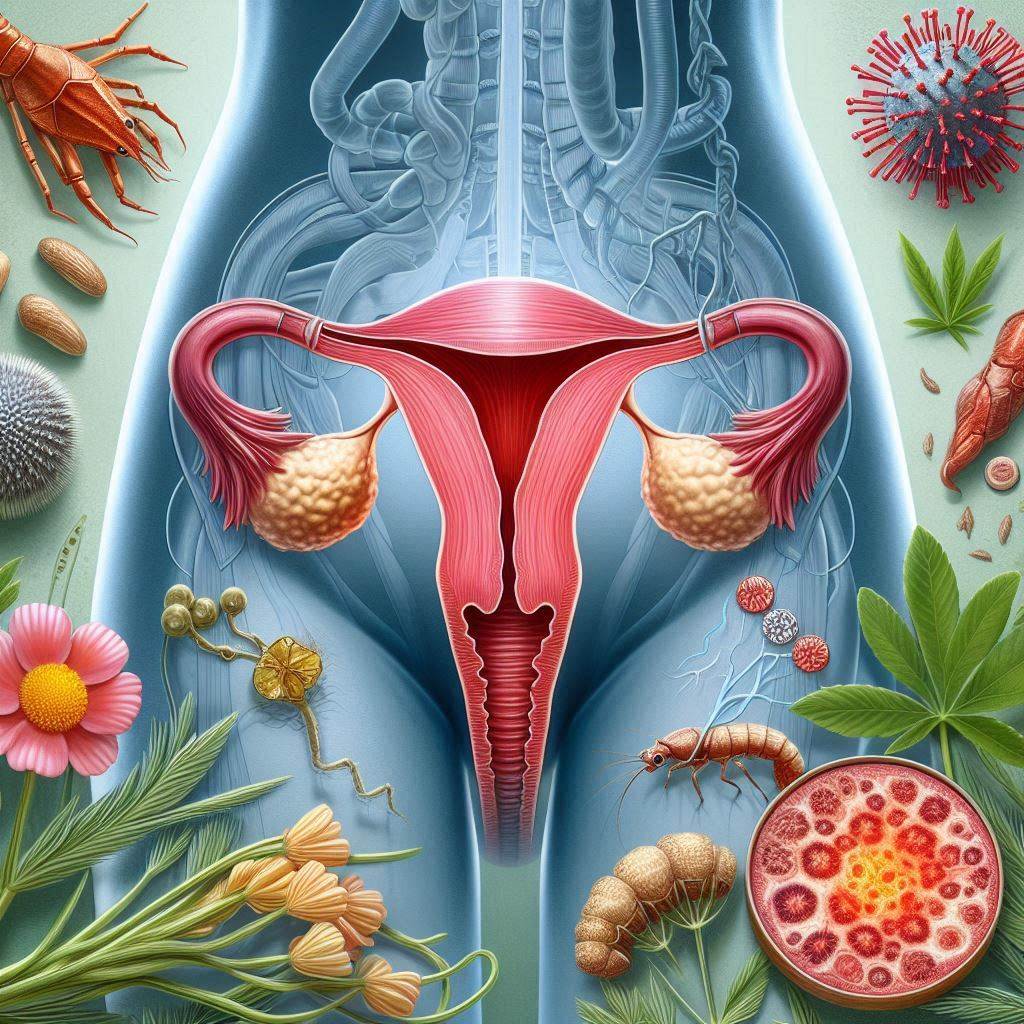



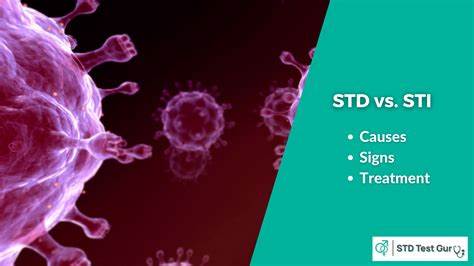
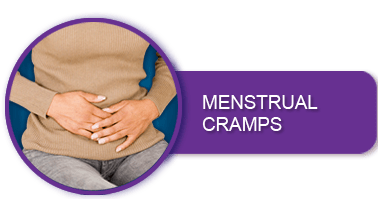

Review viral infection.
You must be logged in to post a review.